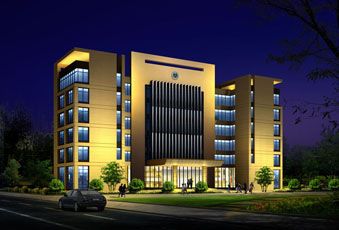Surveillance System
A surveillance system refers to a collection of tools, technologies, and processes designed to monitor, record, and analyze activities or behaviors in a specific area or environment. Typically used for security, safety, or management purposes, these systems are widely implemented in public spaces, private properties, workplaces, and even personal devices. Below, we explore the meaning and components of a surveillance system in greater detail.
Definition and Purpose
The term "surveillance" originates from the French words "sur" (over) and "veiller" (to watch), meaning "to watch over." A surveillance system, therefore, is a structured method of observing individuals, groups, or locations to gather information. Its primary purposes include deterring crime, ensuring safety, collecting evidence, and monitoring operational efficiency. For example, governments may use surveillance systems to maintain public order, while businesses might deploy them to protect assets or oversee employee performance.
Key Components
Modern surveillance systems consist of several interconnected elements:
- Cameras: Video cameras, such as CCTV (Closed-Circuit Television), are the backbone of most surveillance systems. They capture real-time footage of a designated area.
- Sensors: Motion detectors, infrared sensors, or audio devices can trigger recording or alert authorities when unusual activity is detected.
- Storage: Recorded data is stored on hard drives, cloud servers, or other media for later review or analysis.
- Software: Advanced systems use analytics software, often powered by artificial intelligence, to identify patterns, recognize faces, or detect anomalies.
- Network: Many systems are connected via the internet, allowing remote access to live feeds or stored footage.
Types of Surveillance Systems
Surveillance systems vary depending on their application. Some common types include:
- Security Surveillance: Used in homes, offices, and public spaces to prevent theft, vandalism, or violence.
- Traffic Surveillance: Monitors roads and highways to enforce traffic laws and improve road safety.
- Workplace Surveillance: Tracks employee activities to ensure productivity and compliance with company policies.
- Digital Surveillance: Involves monitoring online activities, such as emails or social media, often for cybersecurity or intelligence purposes.
Benefits and Concerns
Surveillance systems offer numerous advantages, such as enhanced security, crime prevention, and the ability to respond quickly to incidents. However, they also raise ethical and privacy concerns. Critics argue that constant monitoring can infringe on individual freedoms and lead to a "Big Brother" society where people feel perpetually watched. Striking a balance between safety and privacy remains a key challenge in their deployment.
In conclusion, a surveillance system is a powerful tool for observation and control, shaped by its technological components and intended purpose. As technology evolves, these systems continue to play a critical role in shaping modern society, sparking both innovation and debate.
